| A postcard sent to Beulah Price contributed by Leanne Fagg John Price, son of Richard and Hannah (née Bird) Price married Alice Blanche Stephenson, daughter of Edwin and Elizabeth (née Eastgate) in 1900. They had the following children: Edwin John — born in 1901 at Mount Moriac, died in 1970 at Mooroopna George Thomas — born in 1902 at Geelong, died in 1972 at Essendon aged 78 years Beulah Bird — born in 1906 at Winchelsea, died on 23 June 1996 at Geelong, buried in the Baptist section of the Geelong Western Public Cemetery Eric William — born on 11 March at Mount Moriac, married Janet Linda McDonald in 1942, died on 23 July 1996 at Geelong, buried in the lawn section of the Geelong Western Public Cemetery Eunice Elizabeth — born in 1910 at Mount Moriac Alice Annie — born on 13 May 1912 at Winchelsea, married Harold Skewes Millard in 1939, died on 14 February 1987 aged 74 years at Belmont, buried in the lawn section of the Geelong Western Public Cemetery Gladys Grace — born on 7 July 1914 in Geelong, died on 31 January 2003 at the age of 91 years in Brunswick, buried in the Baptist section of the Geelong Western Public Cemetery with Beulah Joyce Marion — born in 1917 at Winchelsea Alice died on 18 April 1949 at Modewarre at the age of 70 years and was buried at Winchelsea Cemetery. John died on 6 April 1954 at Geelong at the age of 82 and was buried with her. | Headstone of Alice's parents, Elizabeth (née Eastgate) and Edwin Stephenson at Winchelsea Cemetery. Monumental work by Joseph Smith. |
|
0 Comments
The former Bible Christian Siloam Chapel built in 1858 in Considines Road Modewarre, is the earliest known Bible Christian Chapel in Victoria, and one of only three known surviving former Bible Christian Chapels in the state. The Bible Christian Church was brought to South Australia through emigrant Cornish miners, and soon spread to Victoria. The Modewarre church became a centre for temperance lectures in the district with speakers from the Geelong Band of Hope. 1 January 1902 saw the re union of the five separate and competing sections of the Methodist Church throughout the Commonwealth of Australia. The parent body, the Wesleyan Methodists were joined with the Primitive Methodists, United Methodist Free Churches, Bible Christians and the New Connexion to form "The Methodist Church of Australasia".
The Band of Hope was founded in United Kingdom in 1847 and established in Australia by 1860 during a time when excessive drinking among adults was common, adding to the problems of poor living conditions and health, and maltreatment of children and child mortality. Alcohol was freely available to children. The organisation had a policy of education particularly with the young. Many Bands of Hope were associated with Churches and Sunday Schools. The Band of Hope targeted children of parents who wanted their children to be educated and have a secure future. It was seen by many adults as a way to develop self-reliant working men who could use temperance as a route to self improvement. To encourage children to join and remain members, groups held annual outings, tea meetings, offered music lessons, established orchestras and produced newspapers whose content promoted temperance. Meetings began with a temperance hymn, prayers and the chairman's speech, this was followed by music, recitations, readings and pledge signing. Queen Victoria became patron in 1897, the Jubilee year, and several celebrations were held. In some ways it could be said that the success of the Band of Hope caused its own decline. As alcohol misuse became less of a problem and as legislation improved there seemed to be less need to work so fervently in this area. A book presented to William Danger by his Bible Christian Sabbath School in 1888 — contributed by Leanne Fagg
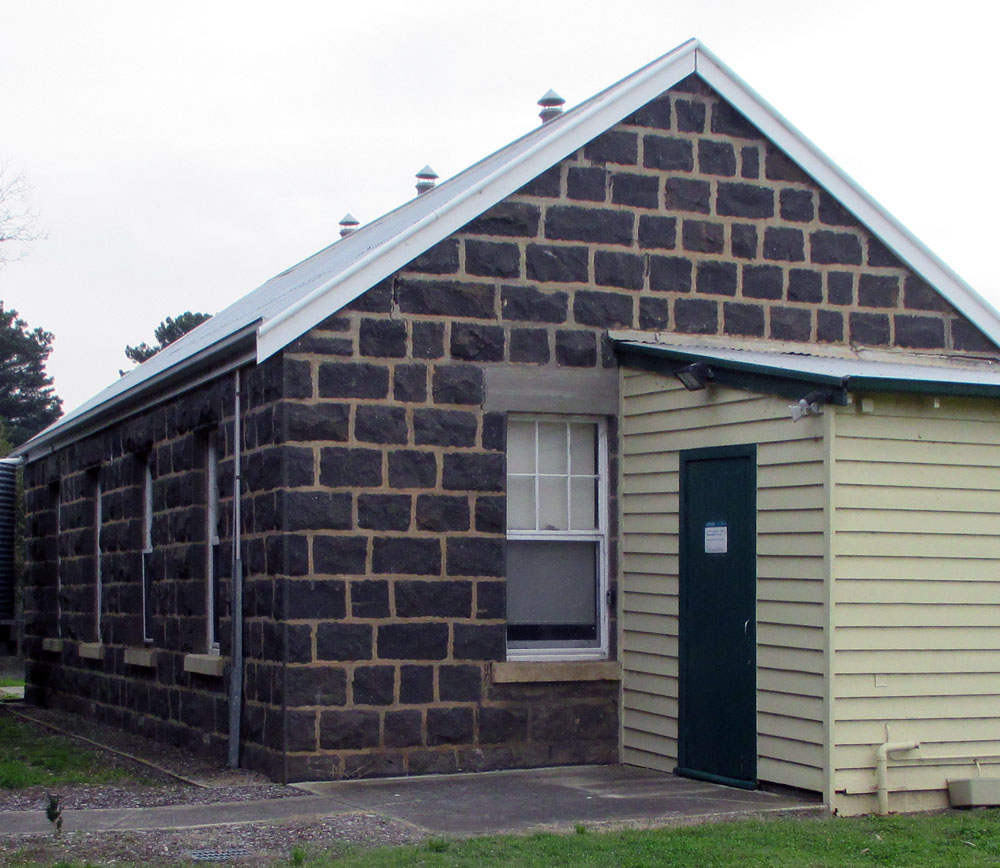 The old bluestone school at Modewarre is just up the Cape Otway Road near the corner of Considines Road. On the opposite corner of Considines and Batsons Roads Henry Lawrence operated a store and post office from 1861 which he upgraded in bluestone in 1864. The store was replaced by Lawrence's son, George, in about 1900, after the earlier building had been destroyed by fire in 1899. This building survives at Modewarre today. |
SponsorsLinksThe Bluestone Cottage at Marshall
Together They Served Torquay Museum Without Walls Barwon Blog Geelong and District Database Geelong Cemetery Index Australian War Memorial Trove Public Records Surf Coast Early Schools Victorian Places Barwon Heads History |
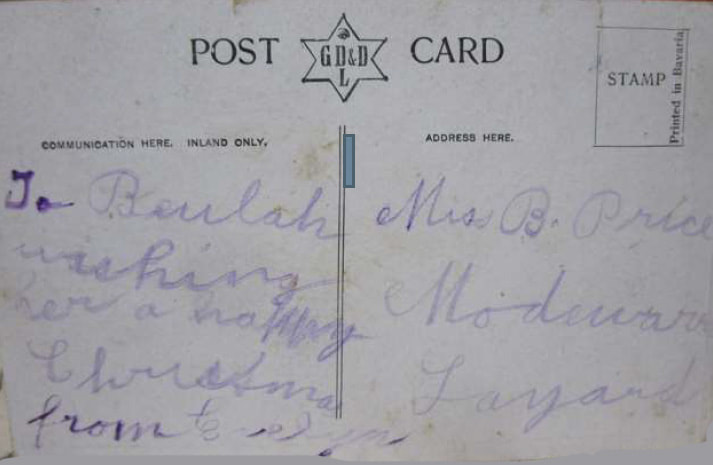
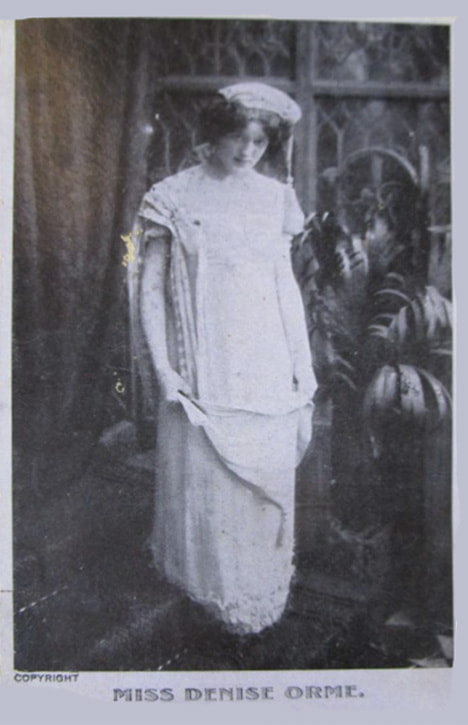
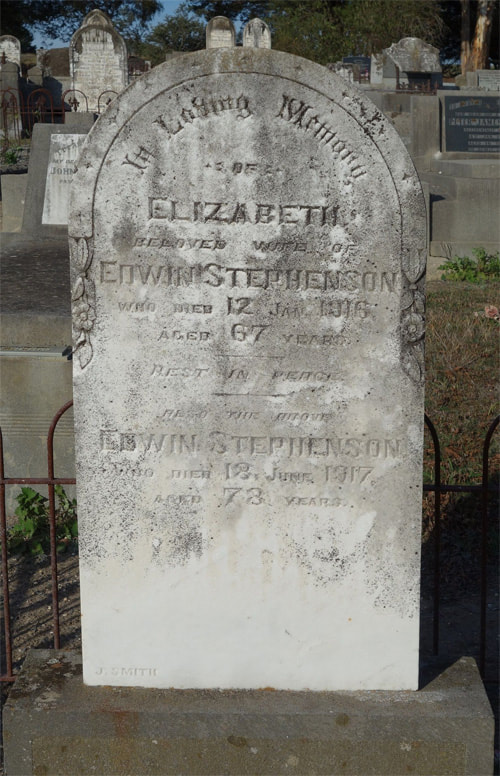
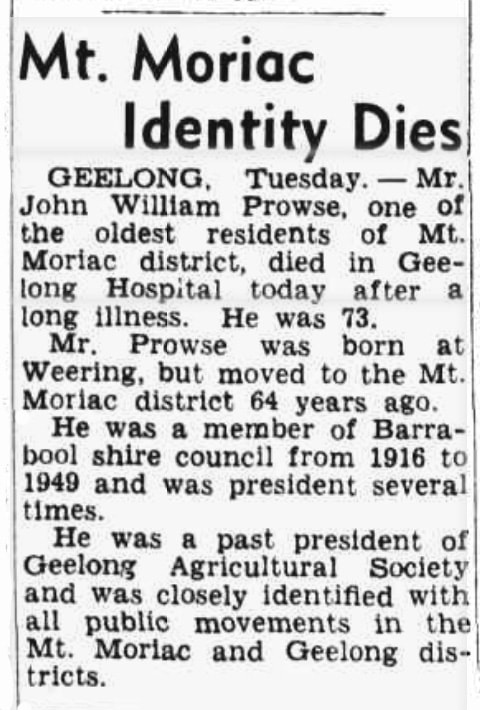
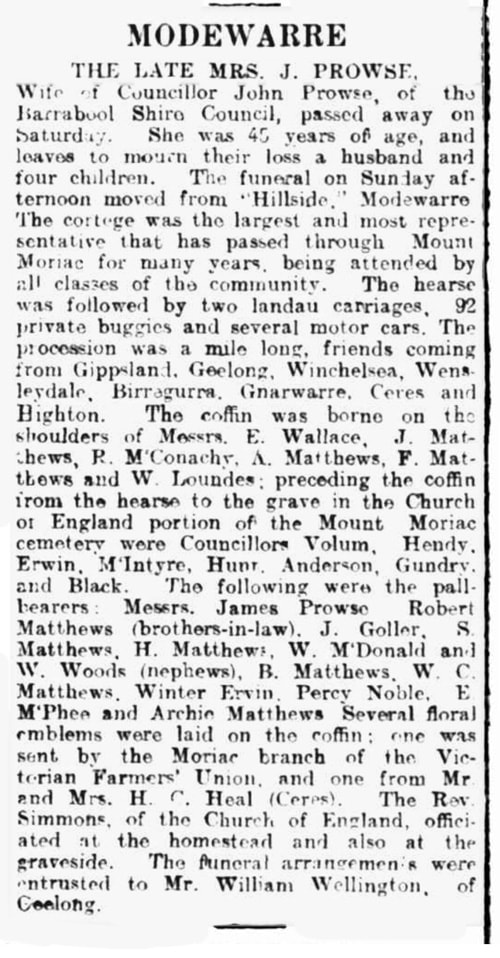
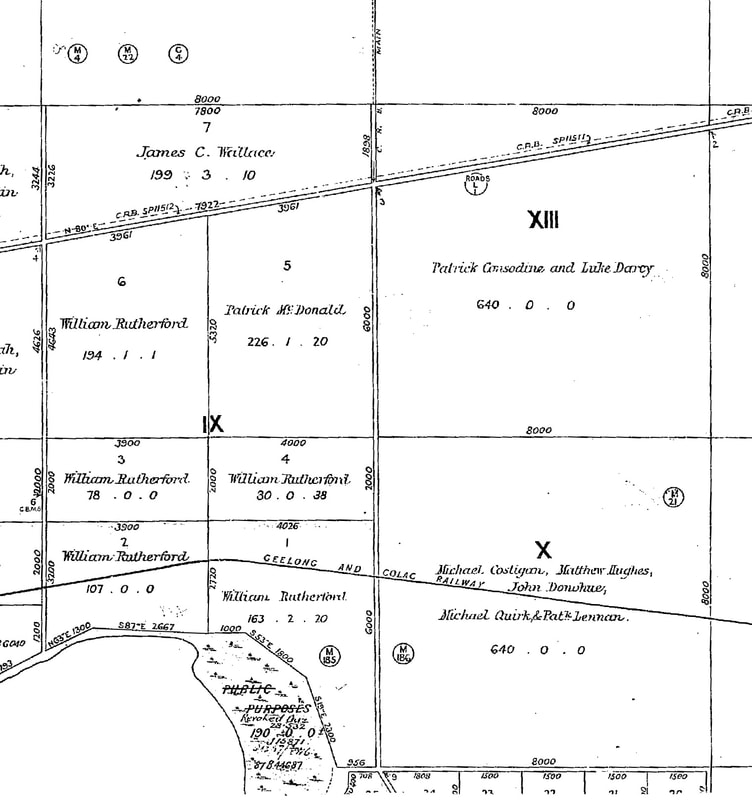
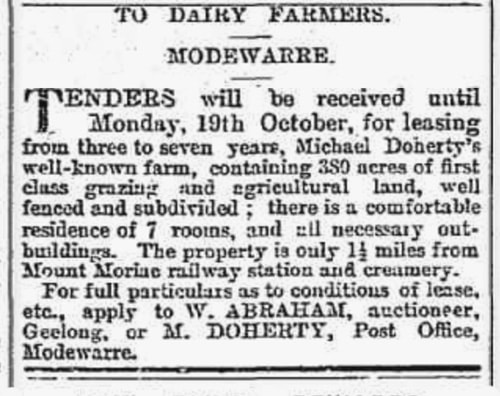
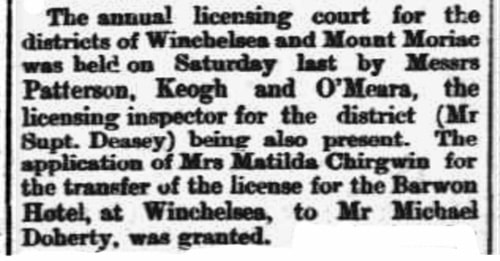
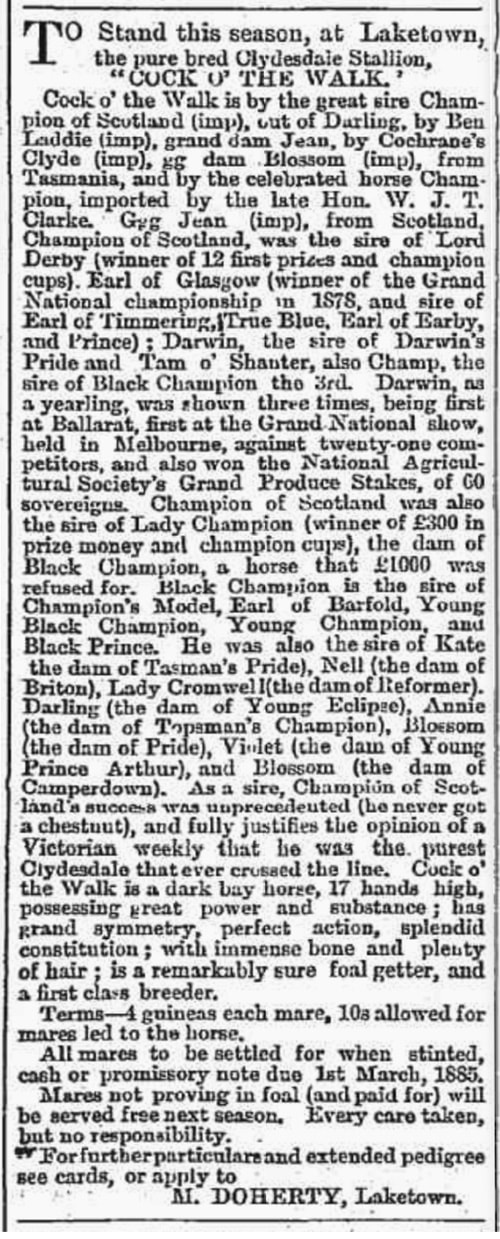
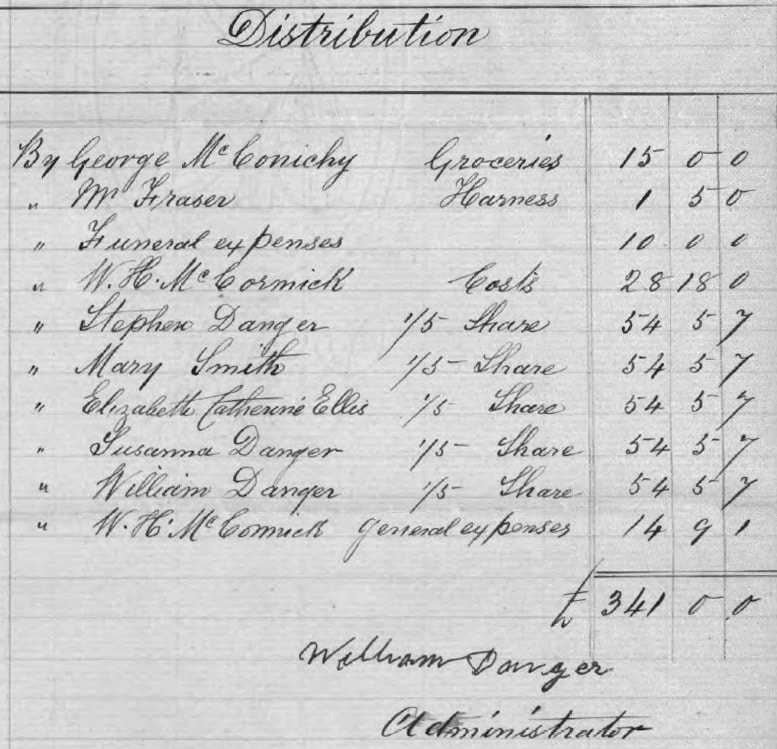
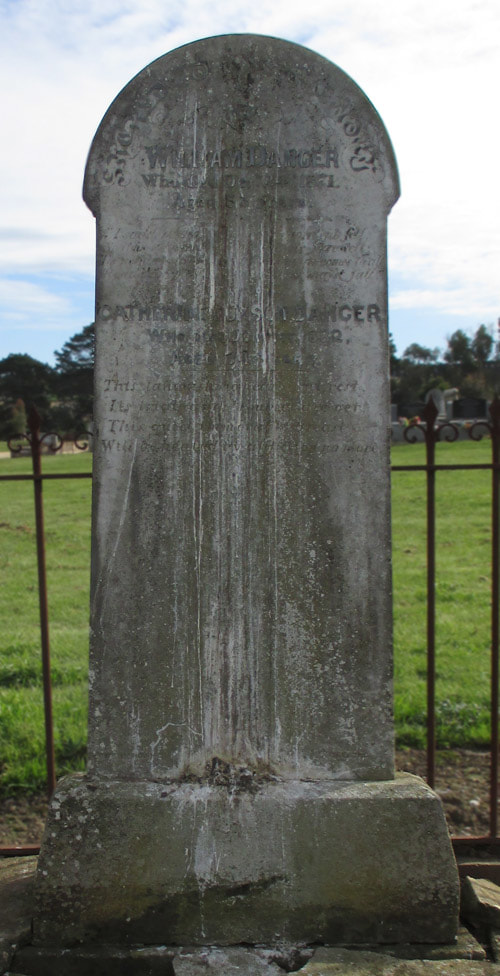
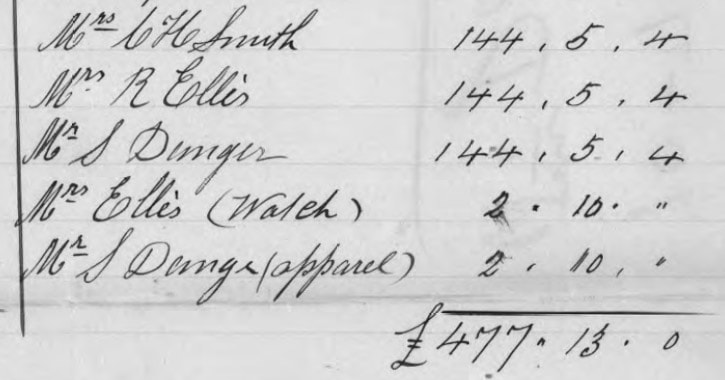
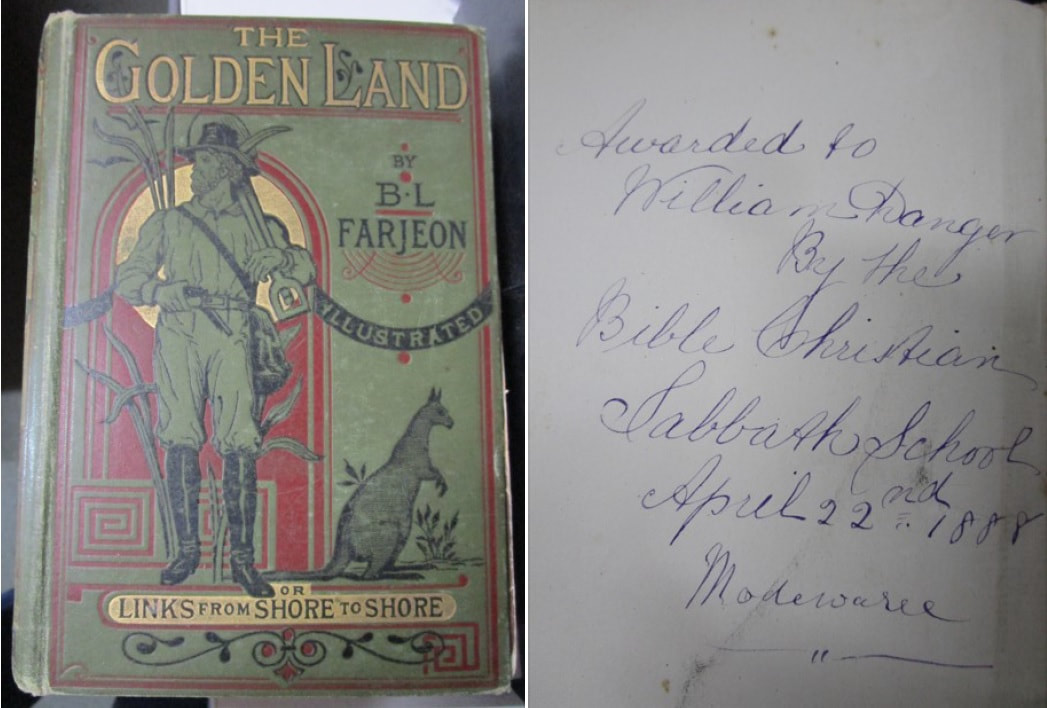
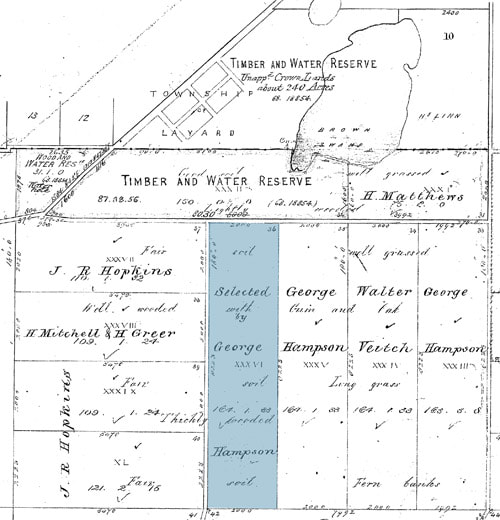
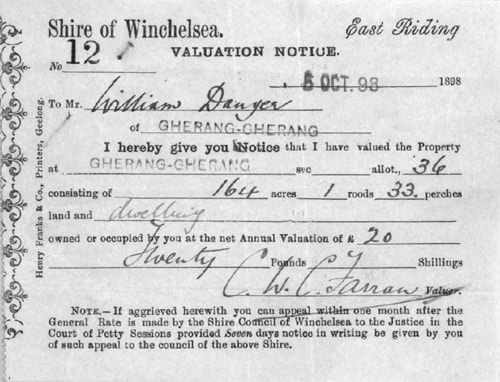
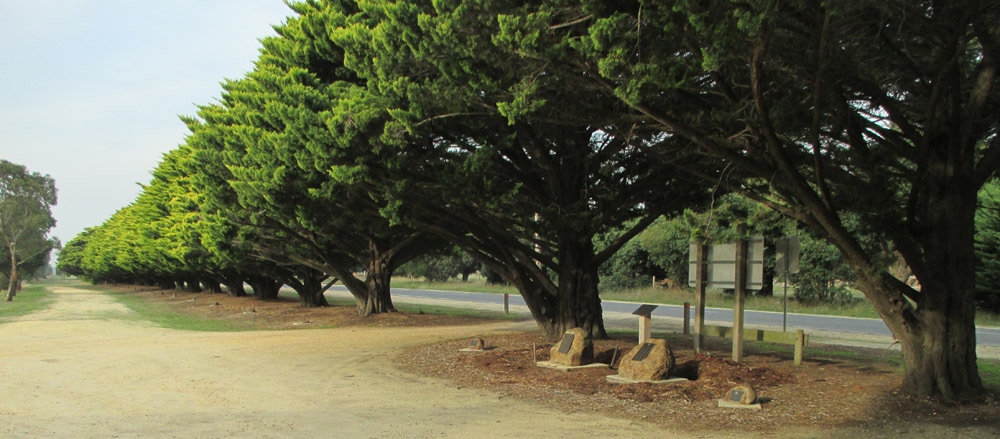
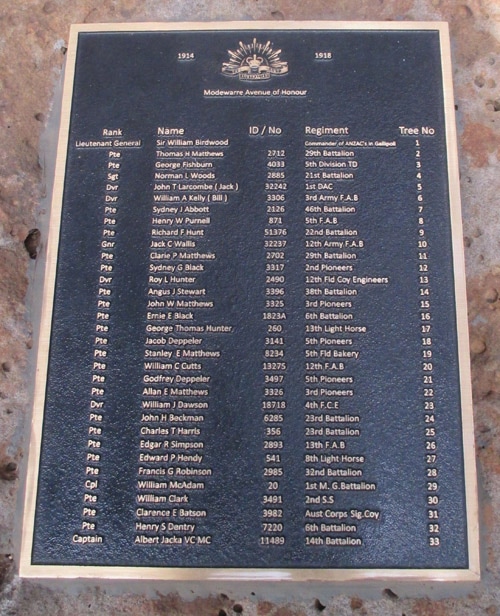
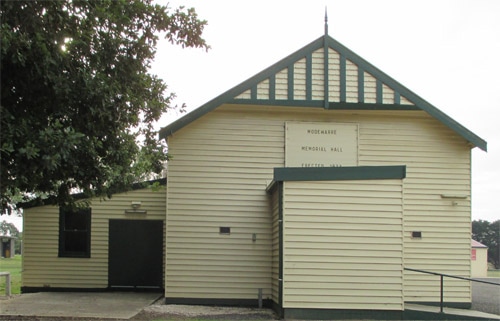
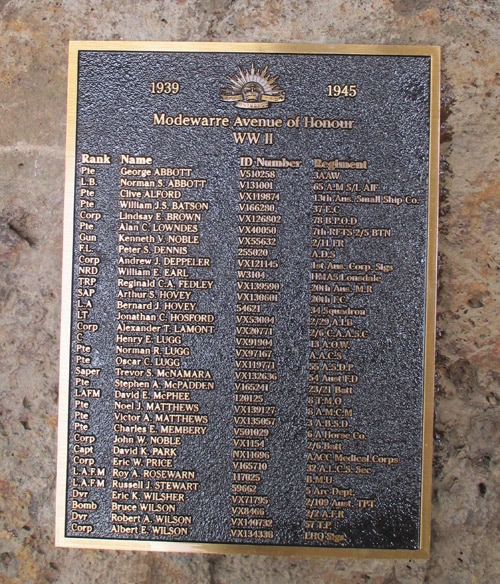
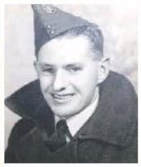
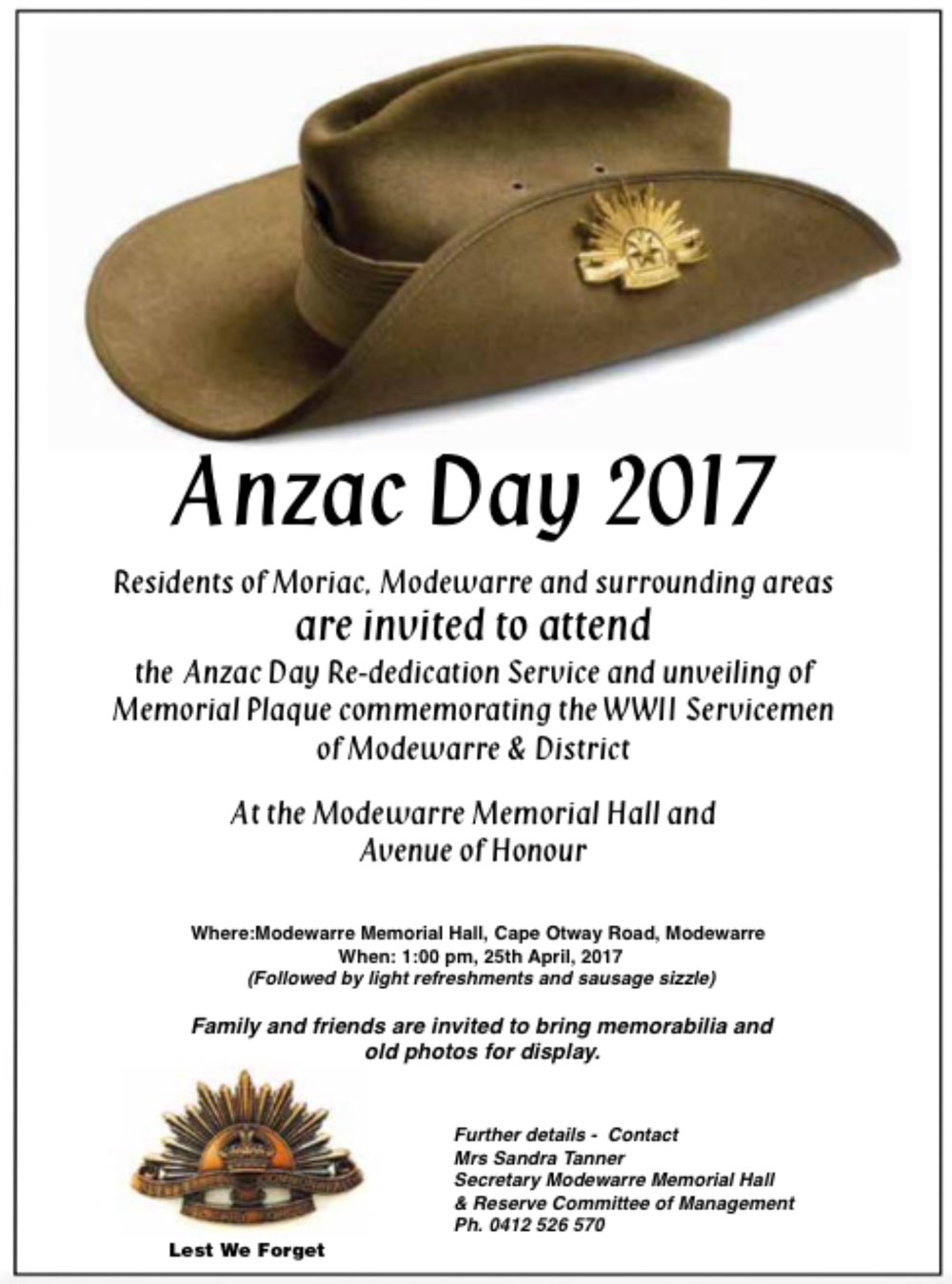
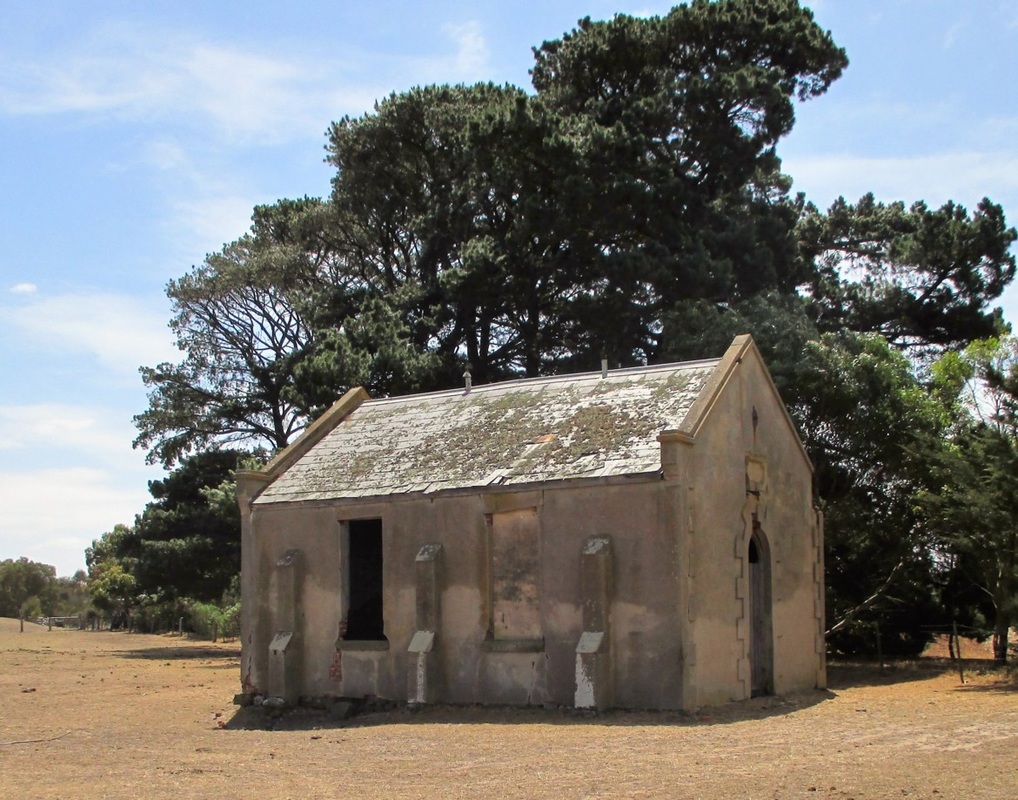
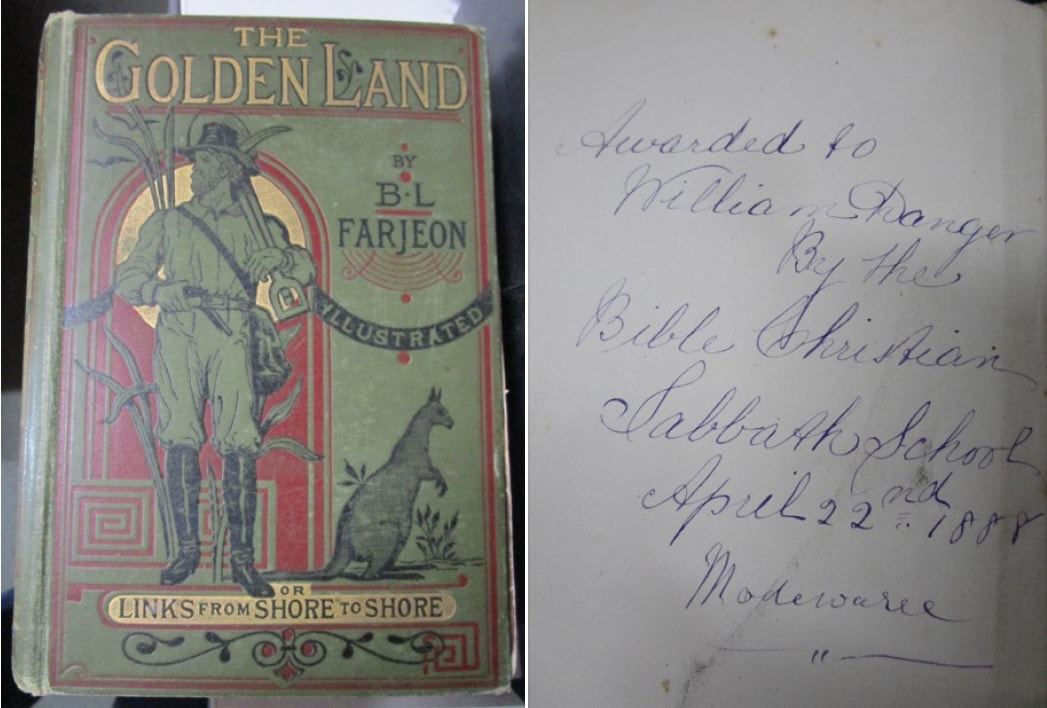
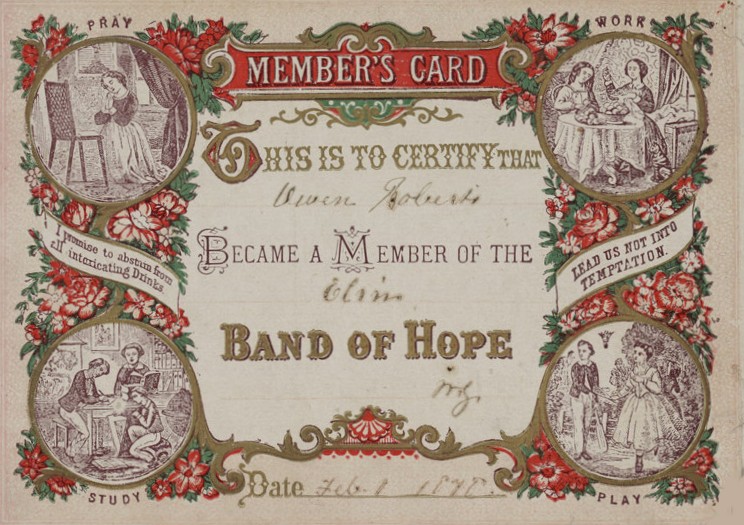
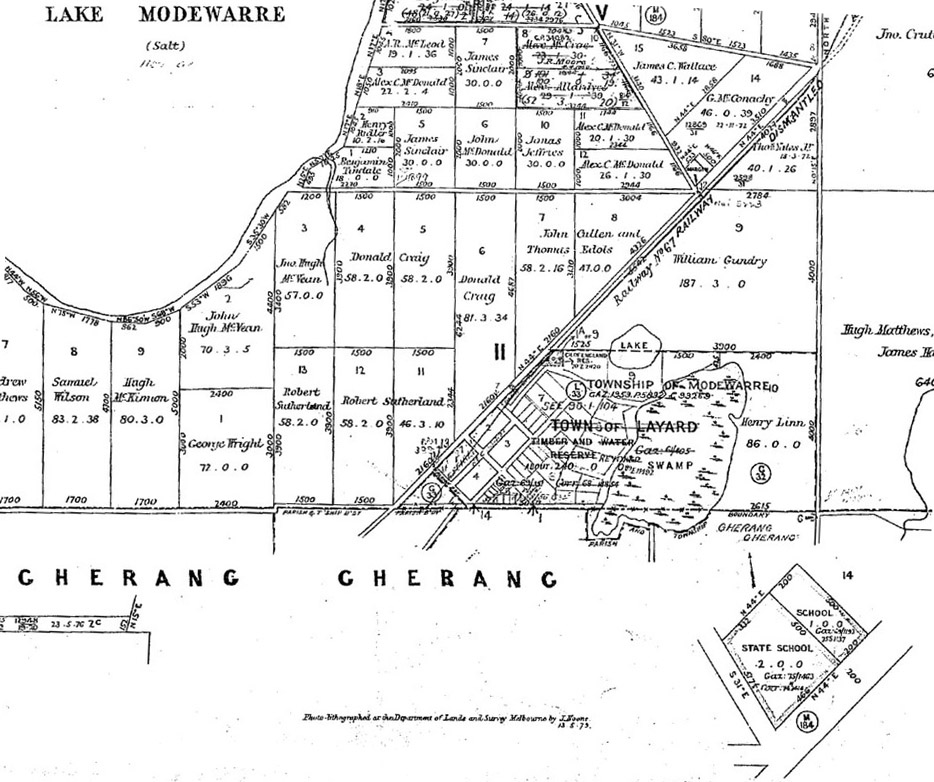
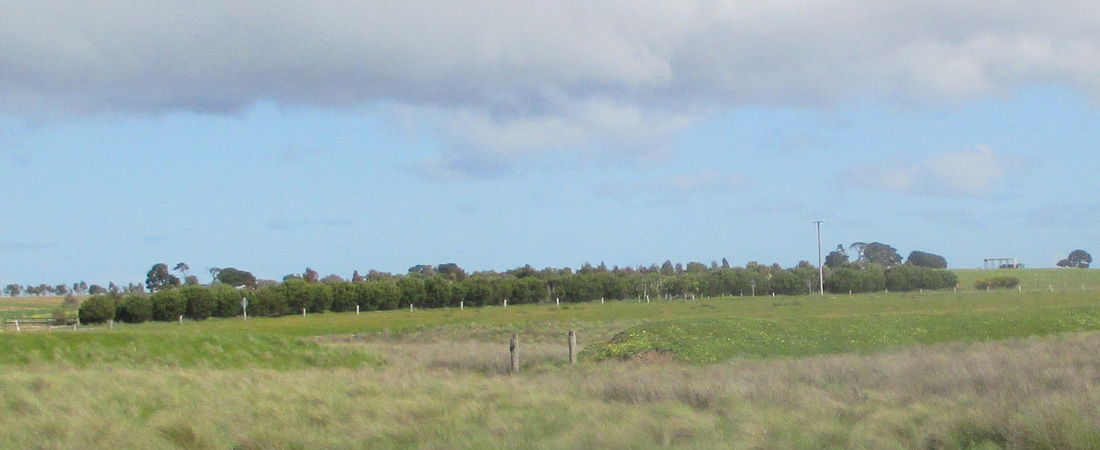

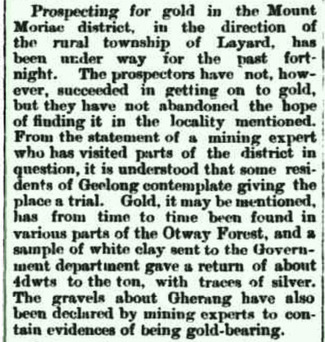
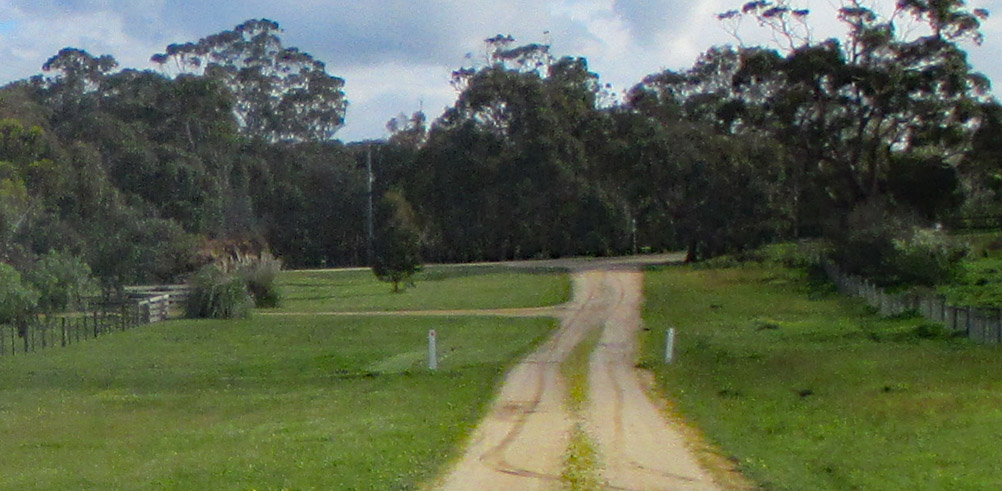
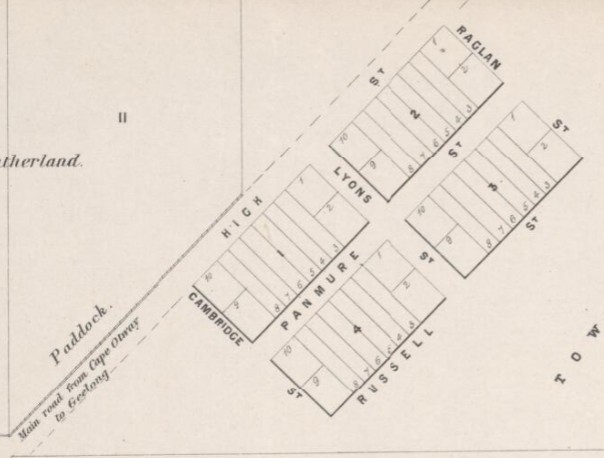


 RSS Feed
RSS Feed
